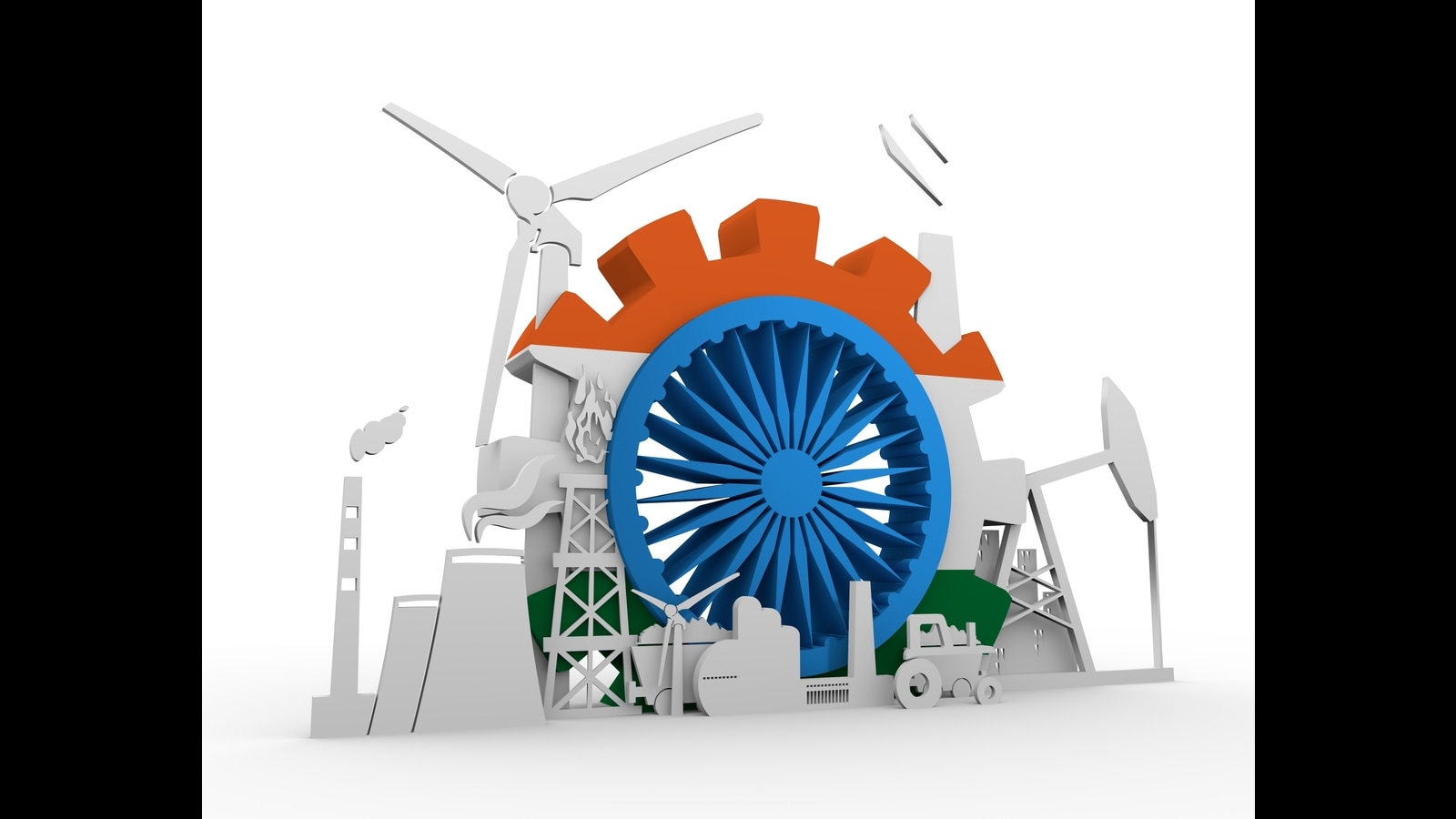The Airports Authority of India (AAI) and Delhi International Airport Ltd (DIAL), the operator of the Indira Gandhi International Airport in the national capital, are locked in a tussle over the development of a proposed air train. This train is designed to connect the airport’s three terminals, its cargo hub, and Aerocity, a zone hosting numerous hotels and office complexes. Two key issues dominate the debate: the project’s financing and the number of stops the air train should have. These decisions are critical not just for the project’s success but also in the broader context of enhancing India’s status as a travel hub and reaping economic benefits from a well-functioning international airport.
Globally, direct flight connectivity to major cities is a hallmark of a business hub, a status enjoyed by cities like Singapore, Hong Kong, Dubai, and Abu Dhabi, but not yet by any city in India. With the Indian economy expanding, and its resultant growth in global travel for business and leisure, Indian airports have the potential to emerge as global aviation hubs. This development is essential for tapping into India’s vast tourism potential and catering to the increasing international travel needs of residents and visitors alike.
The Delhi airport’s three terminals do require efficient, economic connectivity. To that end, the proposed air train, running on elevated tracks, makes eminent sense. One debate, on how many stations it should have, should be settled in favour of the three passenger terminals, the cargo terminal, and at least two stops at Aerocity, including one at the proposed inter-state bus terminal for coaches ferrying passengers to the airport from neighbouring states. The greater the number of riders, the better the economics of the air train project.
The second issue, project financing, is a more complex matter. The options are between an Airport Development Fee (ADF) and a User Development Fee (UDF). While this might seem a minor difference to the uninitiated, it has significant financial implications.
Under the original privatization agreement, DIAL is obliged to share 45.99% of its annual revenue with AAI as concession fee, apart from a minority stake in DIAL, in return for the existing airport and land around the airport for development of real estate. The sharing of revenue with the government agency, AAI, without any participation by AAI in capital expenditure, apart from the sunk capital in land, means that DIAL is incentivised to convert its receipts into anything other than sharable revenue.
Airport development fees are seen as capital inflows, not to be shared with AAI. User development fees, on the other hand, are part of the revenues that would flow in, once the air train has been built, from which capital cost of the project has to be defrayed. AAI would like the air train project to be financed via UDFs, rather than ADFs. Now, if ADFs are eschewed, and DIAL raises capital to build the air train, and recoups the investment and the cost of the capital from UDFs, the cost of the project would be higher, as compared to building it out of ADFs. If AAI insists on including UDFs in the sharable revenue stream, only 54% of the UDF received would go to financing the air train, the rest going to AAI’s income. This would mean that the total UDF collected to recoup the cost of the project would be 85% higher than the total ADF collected to finance the project.
Of course, in the interest of building cost-efficient infrastructure, AAI could agree to let its 46% share of UDFs to be also used to defray the cost of the project. In that case, its equity participation in the entire DIAL would go up a little, and its share of the profits would go up proportionately. This would be healthier for DIAL and for Indian aviation, too.
Killing the goose that lays golden eggs is not a good idea, everyone accepts. Neither is putting it on a diet, it would follow.
















